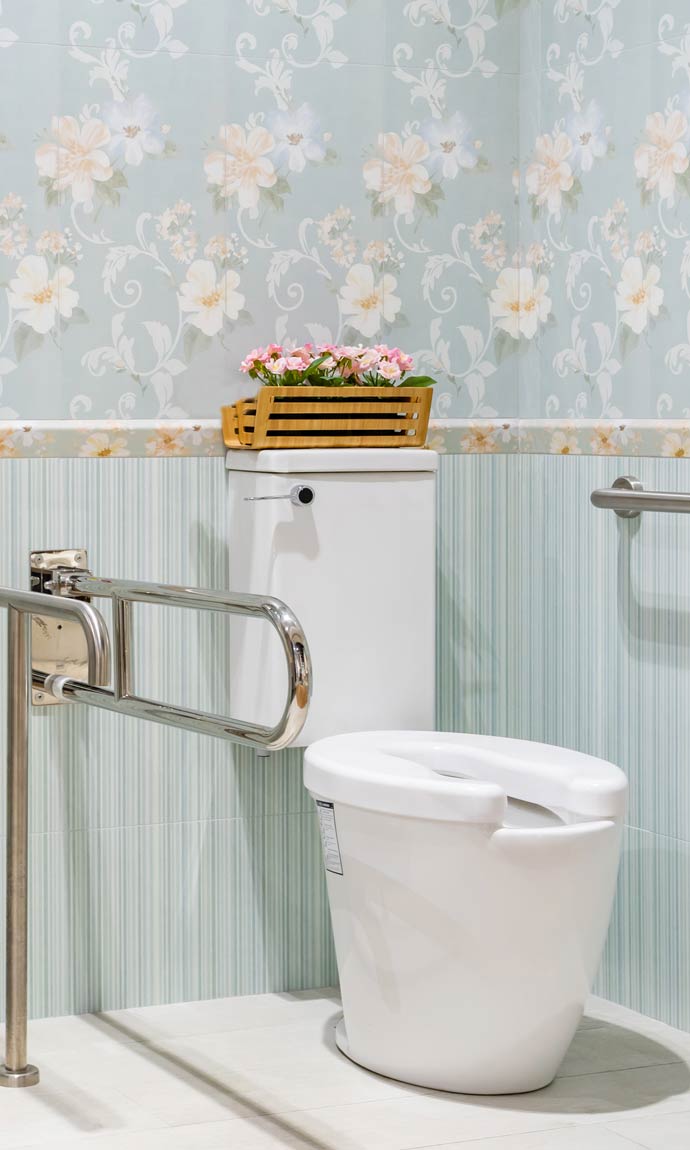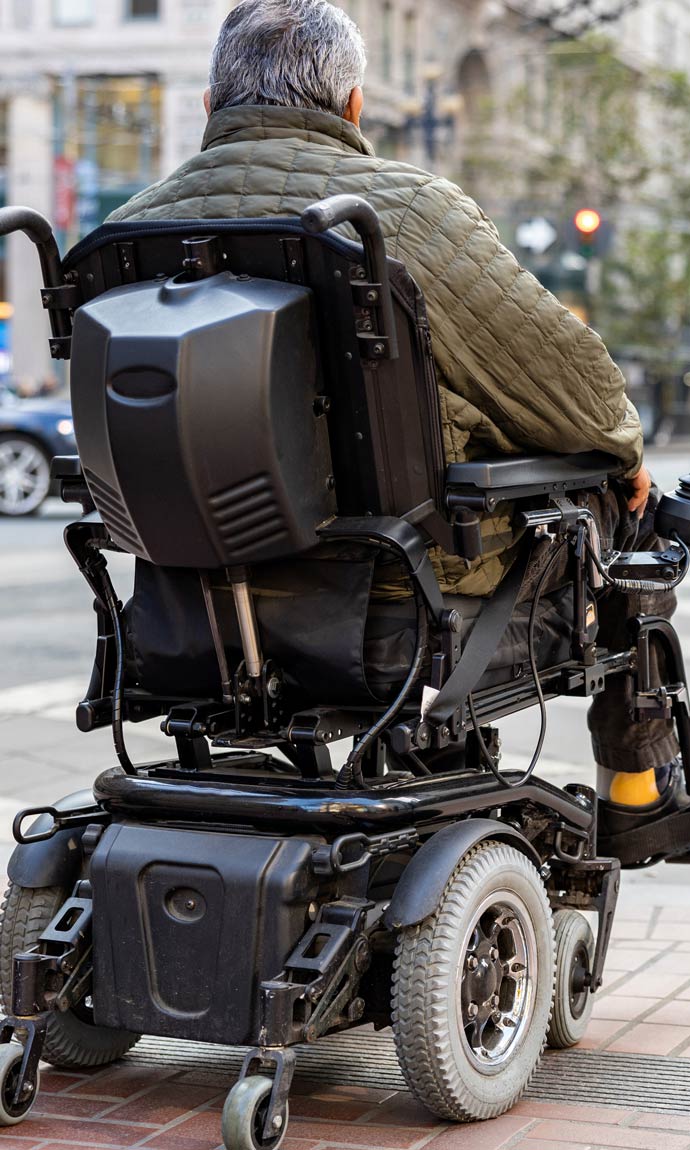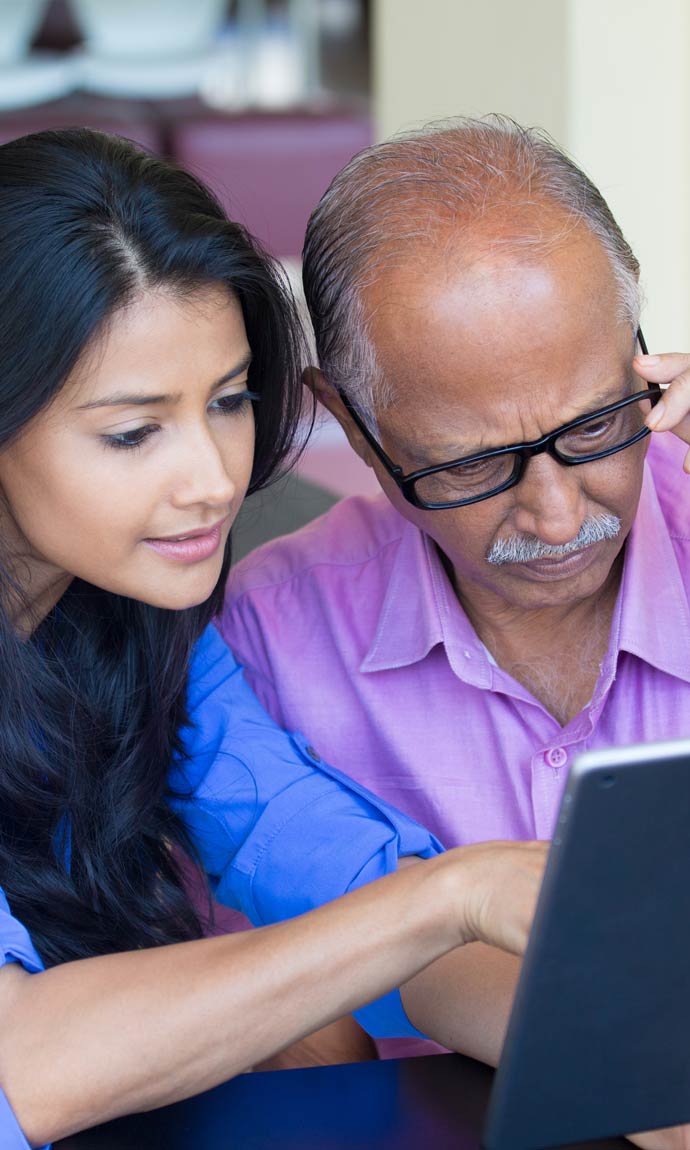
Assistive Devices and Technology for Seniors
As we age, many of us begin to experience difficulties with activities of daily living that were once second nature. From cooking and cleaning to bathing and grooming, even the most basic tasks can suddenly become daunting. But with the help of assistive technology devices, seniors can maintain their independence and quality of life.
In this Senior Assistance Club guide, we'll introduce you to the different types of adaptive devices for seniors, as well as the benefits they offer.

What are Assistive Technology Devices for Seniors?
Assistive devices and assistive technology are designed to help seniors with activities of daily living that have become difficult due to age-related physical or cognitive impairments. Assistive devices for seniors can be as simple as a grab bar for the bathroom, or as complex as a computerized wheelchair. And while some assistive devices and technology require a prescription from a doctor or other health care professional, others are available for purchase over-the-counter.
But why should seniors invest in these?
Benefits of Assistive Devices and Assistive Technology for Seniors
Though there are many types of assistive devices and technology (AT), they all have the same goal: to help those with disabilities lead more independent and fulfilling lives.
Increased independence: Assistive technology devices can help seniors live independently in their own homes for longer by providing the support they need to perform activities of daily living.
Improved safety: Assistive devices and technology can help reduce the risk of falls and other accidents by providing additional support and stability.
Enhanced quality of life: By making everyday tasks easier, assistive devices can help seniors enjoy a higher quality of life.

What are the Different Types of Assistive Devices and Technology for Seniors?
Self-Care Assistive Devices and Technology
Self-Care Assistive Devices and Technology (SCA) refers to senior products that can be used to help individuals with their activities of daily living (ADLs). These devices can range from simple items like toothbrushes and combs to more complex items like power wheelchairs and walkers. While SCA can be beneficial for people of all ages and abilities, it is often used by older adults or those with disabilities who have difficulty performing ADLs on their own.
There are a variety of different types of SCA, and the best type for an individual will often depend on their specific needs and abilities. For example, someone who struggles with balance may benefit from using a cane or walker, while someone who has difficulty opening jars might find an electric can opener to be more helpful. Other common types of SCA include grab bars, shower seats, dressing aids, and communication devices.
Mobility Assistive Devices and Technology
Mobility assistive devices (MAD) and technology help people with disabilities move around their homes, workplaces, and communities. There are many types of MADs, from simple canes and crutches to advanced robotics. MADs can provide support for people with a wide range of needs, including mobility impairments, blindness, and cerebral palsy.
MADs can help people gain independence by allowing them to participate in activities they may otherwise be unable to do. For example, a person with a mobility impairment may use a wheelchair to get around their workplace. A person who is blind may use a white cane to navigate their community. And a person with cerebral palsy may use an augmentative and alternative communication device to communicate with others.
There are many benefits of using MADs. They can help people stay active and engaged in their communities. They can also reduce the risk of injuries, as people using MADs are less likely to fall or stumble. MADs can also improve mental health by reducing isolation and increasing social interaction. Finally, MADs can save money by reducing the need for personal care assistants or other paid support.

Home Safety and Security
As we age, our homes can become more hazardous. Our risk for falls increases, and we may have difficulty reaching things or getting around. We may also be more forgetful, which can lead to leaving the gas on or the oven on. Home safety and security devices can help us age in place safely by reducing the risk of falls, providing assistance with everyday tasks, and reminding us to do things like turn off the oven.
Some home safety devices that can help reduce the risk of falls include a stair lift for seniors, grab bars, and ramps. If you have difficulty getting around your home, these devices can help you move safely from one level to another and provide support if you do fall.
Other devices, such as smart home locks and alarms, can remind you to do things like lock your doors or turn off the gas if you forget. There are even robots for seniors who can help you with various daily tasks. And finally, wearables such as medical alert bracelets can help seniors stay safe even when they're away from home by allowing them to summon help if they need it.
Home safety and security devices offer many benefits for seniors. They can help us age in place safely, stay independent longer, and give our loved ones’ peace of mind.
Communication Aids
Many seniors experience problems with their vision and hearing as they age. Luckily, there are several communication aids available that can help bridge the gap between people with vision or hearing impairments and their loved ones.
For example, teletypewriters (TTYs) allow people who are deaf or hard of hearing to communicate over the phone using text instead of voice. If you have trouble seeing written text, large print books or Braille books may be a better option for you. You can also try out products with voice control for elderly. These devices can be controlled by voice commands, making them much easier to use for those with limited dexterity. There are many different voice-controlled devices available, including lights, thermostats, and even cookers. And if you're having trouble hearing someone speaking on TV or the phone, closed captioning or amplifier phones may be helpful communication aids for you to consider.

Visual Aids
As we get older, our eyesight can deteriorate, making it more difficult to see small print or details. Visual aids are devices that can help seniors to see more clearly and can be used for a variety of purposes, from reading books and newspapers to watching television or using a computer.
Visual aids can also help seniors stay independent and active, as they can continue to participate in activities that they enjoy.
Some common types of visual aids include magnifiers, which are handheld devices that enlarge text or images; tele magnifiers, which are devices that use a camera to magnify text or images on a screen; and CCTV (closed circuit television), which is a system that projects an image onto a screen so that it can be enlarged. There are also talking watches and clocks that announce the time audibly, as well as products that provide auditory or vibrating alerts for doorbells, telephones, and smoke alarms.
There are many different types of visual aids available, and the best type of aid for each individual will depend on their specific needs. However, all visual aids can help seniors to live fuller and more active lives!
Memory Aids
For seniors with Alzheimer's disease or other forms of dementia, memory aids can be a valuable tool for maintaining independence and quality of life. Memory aids come in a variety of forms, including picture calendars that help remind people of upcoming events, address books that list important contact information, and memory boxes that store items that are important to the individual. There are also many digital memory aids available, such as apps that can store information about medications, appointments, and to-do lists.
Assistance Club Summary
There is an assistive device or piece of technology for seniors available for just about every aspect of life—and that's good news for seniors who want to age in place at home. From self-care aides to mobility assistance devices to visual and auditory aids, there are plenty of options available to choose from based on your individual needs and preferences. So, whether you're looking for a way to stay independent or simply want to make your life a little easier, consider investing in some assistive devices or technology for seniors today!



